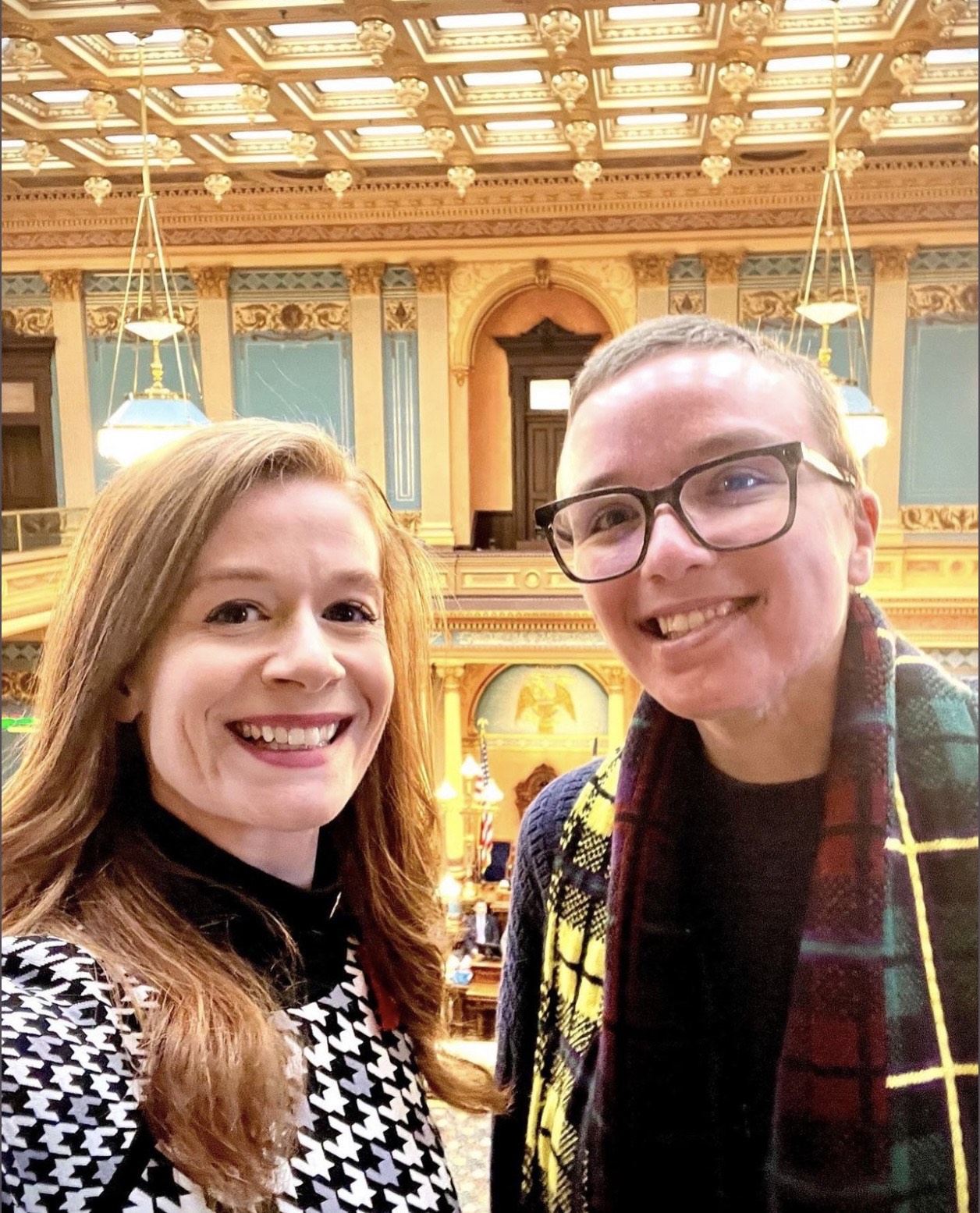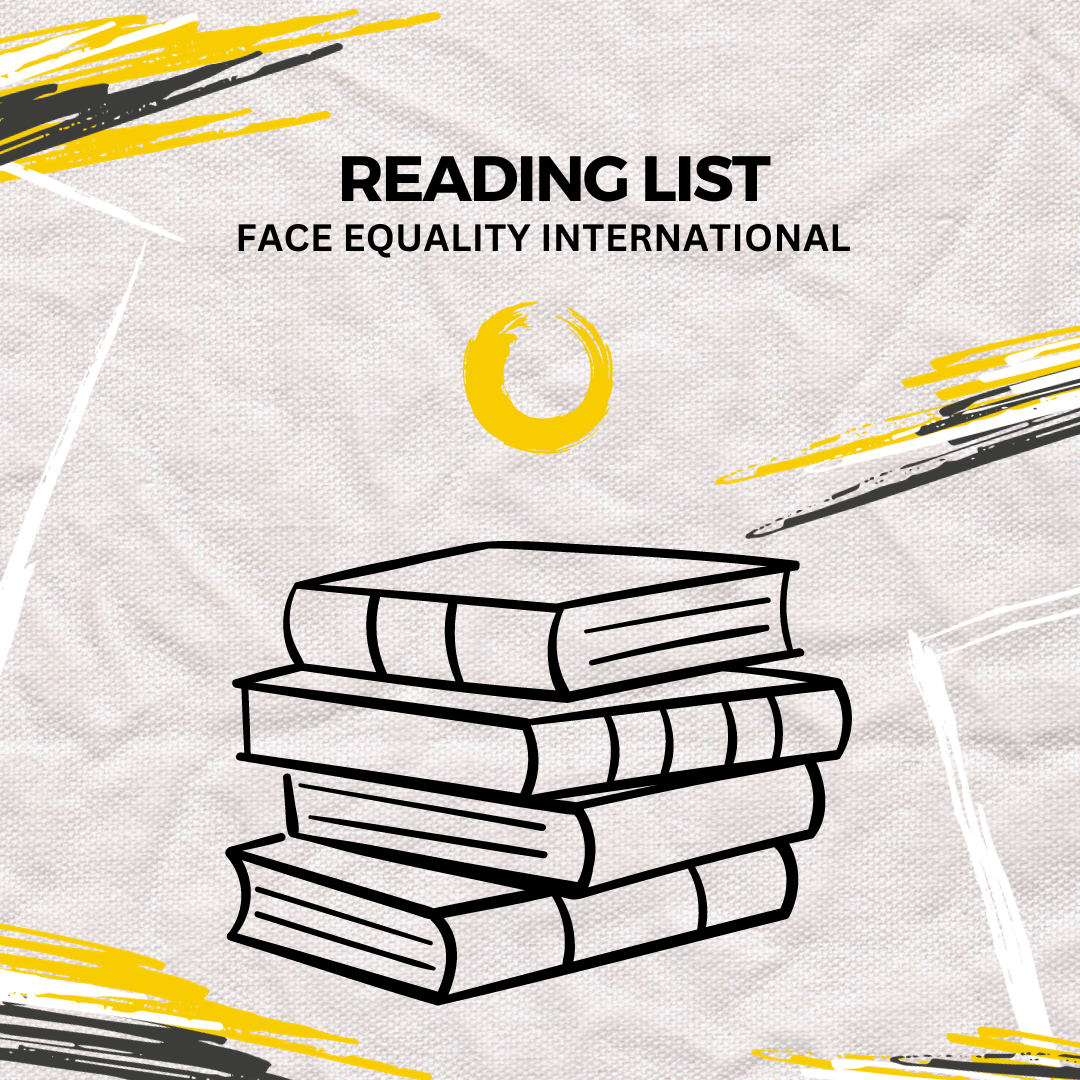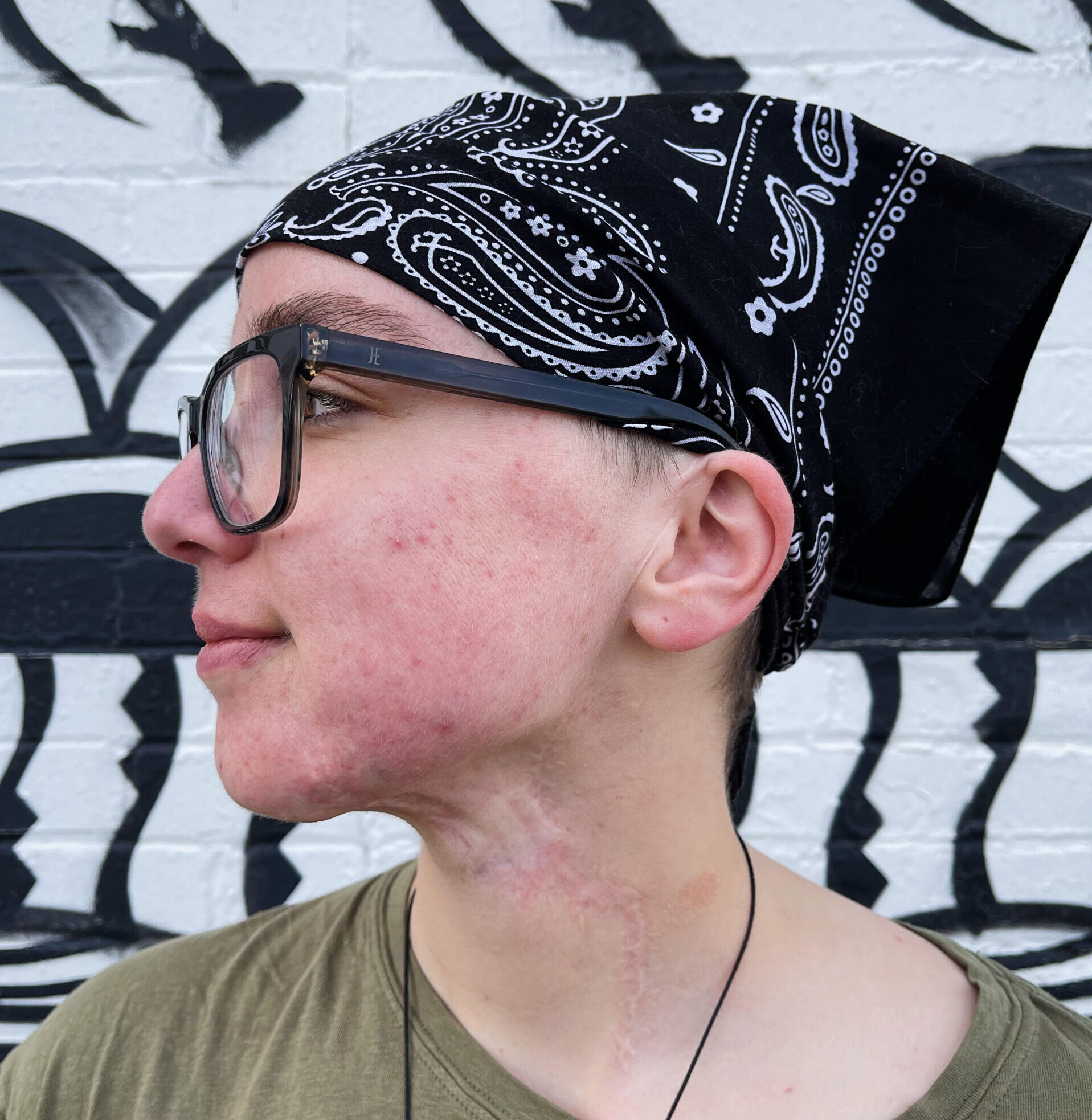Rasheera Dopson
Intersectionality is defined as “the complex, cumulative way in which the effects of multiple forms of discrimination (such as racism, sexism, and classism) combine, overlap, or intersect, especially in the experiences of marginalized individuals or groups (Merriam-Webster, 2021). For the purpose of this essay, I will be going outside the traditional boarders of the “ism” and using disability as the dominant identity— transcending into the more granular margins of disability identity.
When we look at Disability themes and concepts and how it is portrayed in our current culture—it’s often connected to larger and shared themes of mobility etc. Although there are instances in which disability is seen in other lights such as in illness or mental health the most common ideologies surrounding disability are those limited to mobility impairments.
Now, although we in the disability community understand the wide spectrum in how disability impacts the lives of individuals—we know disability is not a monolith. Disability can and is often expressed in many different ways. Nevertheless, despite the inclusion of all disability identities, there are still some that remain in the corridors of obscurity—and Facial Deformities (Differences) are one of them.
Face Equality International—a UK based NGO defines Facial Differences as an unusual-looking, scarred or asymmetrical face (or body) from any cause (About FEI, 2021). However, when one looks at this definition holistically there is no inference to disability or impairment. Nevertheless, individuals with facial differences are treated as such. In the U.S. individuals with disabilities are protected by the Americans with Disabilities Act also known as the ADA. It defines disability as an: a physical or mental impairment that substantially limits one or more major life activities; a person who has a history or record of such an impairment; or a person who is perceived by others as having such an impairment. (Americans with Disabilities Act, 1990). Under this act individuals with facial deformities are covered by the guidelines of the law based on the clause of perception which reads: “ a person who is perceived by others as having such an impairment.
“Or a person who is perceived by others as having such an impairment.”
Now, although the ADA understands that the perception of disability can cause one to experience and or be treated as a disabled individual our societal engagement say otherwise. In my personal experiences in living with a disability and a facial difference I always understood these worlds to be separate and apart. My disability was one thing, and my facial difference was another. And in most medical settings they were addressed as two different components of my medical diagnosis instead of
being treated as conditions that co-exist. Having a facial difference does not denote to a disability, however, some facial differences can further exasperate typical functioning qualities. For example I was born with GoldenHar Syndrome which consist of internal and external deformities. One of these deformities is the absence of my right ear. Now although GoldenHar syndrome itself does not cause any type of disability or limitation—the absence of having a right ear results in me experiencing deafness—which is a commonly accepted form of disability. Many individuals on the spectrum of facial deformities and differences embody these idiosyncrasies in their conditions. However, it is not in the induvial traits and characteristics in which there seems to be a misalignment between the two identities. The disconnect comes from the larger disability community’s lack of acknowledgement of non-traditional manifestations and root causes of disability.
Due to the lack of acknowledgment and representation within larger disability frameworks, facial deformities are often left out of disability conversations. We see prime examples of this in disability narratives shown in media and entertainment all the way down to medical and clinical settings. When looking at current list that compromise of disability conditions, diagnosis’s, and or traits facial deformities are not listed. In spaces of chronic-illness and rare diseases, facial deformities are never mentioned—even though facial deformities have been known to intersect through all major disability associated identities.
This is where the power of intersectional agreement must be adhered to and acknowledged. Individuals with facial deformities are some of the most vulnerable within the disability identity due to their obscurity in social, medical, and clinical settings. And without the clause of perception—individuals with facial deformities would have no legal protection. And without the partnership and open support of the disability community at large individuals with facial deformities will continue to face obscurity. These two identities shouldn’t be treated as separate they ought to be treated as one. I’m asking for a call of action for the disability community at large to make space and create narratives that acknowledge the most obscure of disabilities. Disability doesn’t have one look or one face—just like we understand in the facial deformity community that there are many.
Find more from Rasheera here.
https://www.beautywithatwist.org/
Tags: Blog, disability, Face Equality, facial difference, intersectionality, representation, self-acceptance, Story Posted by


